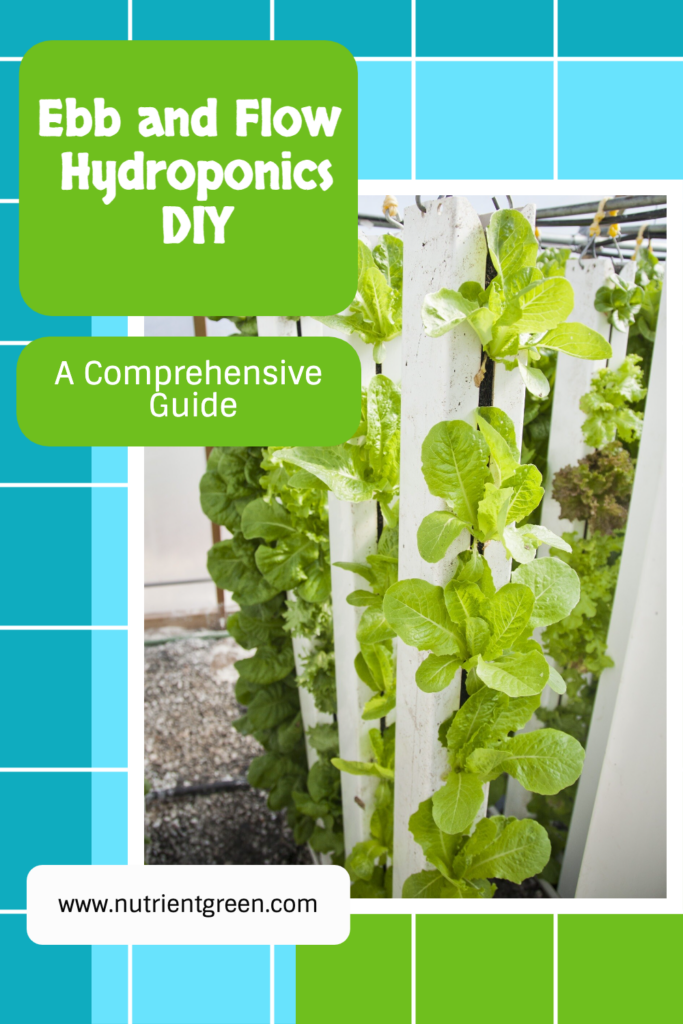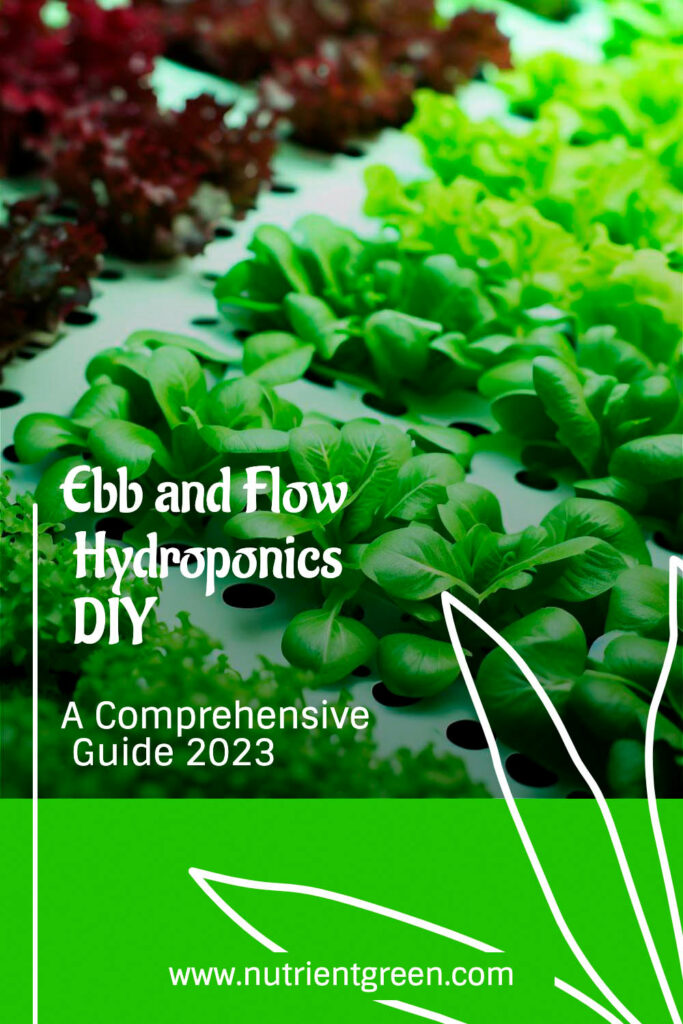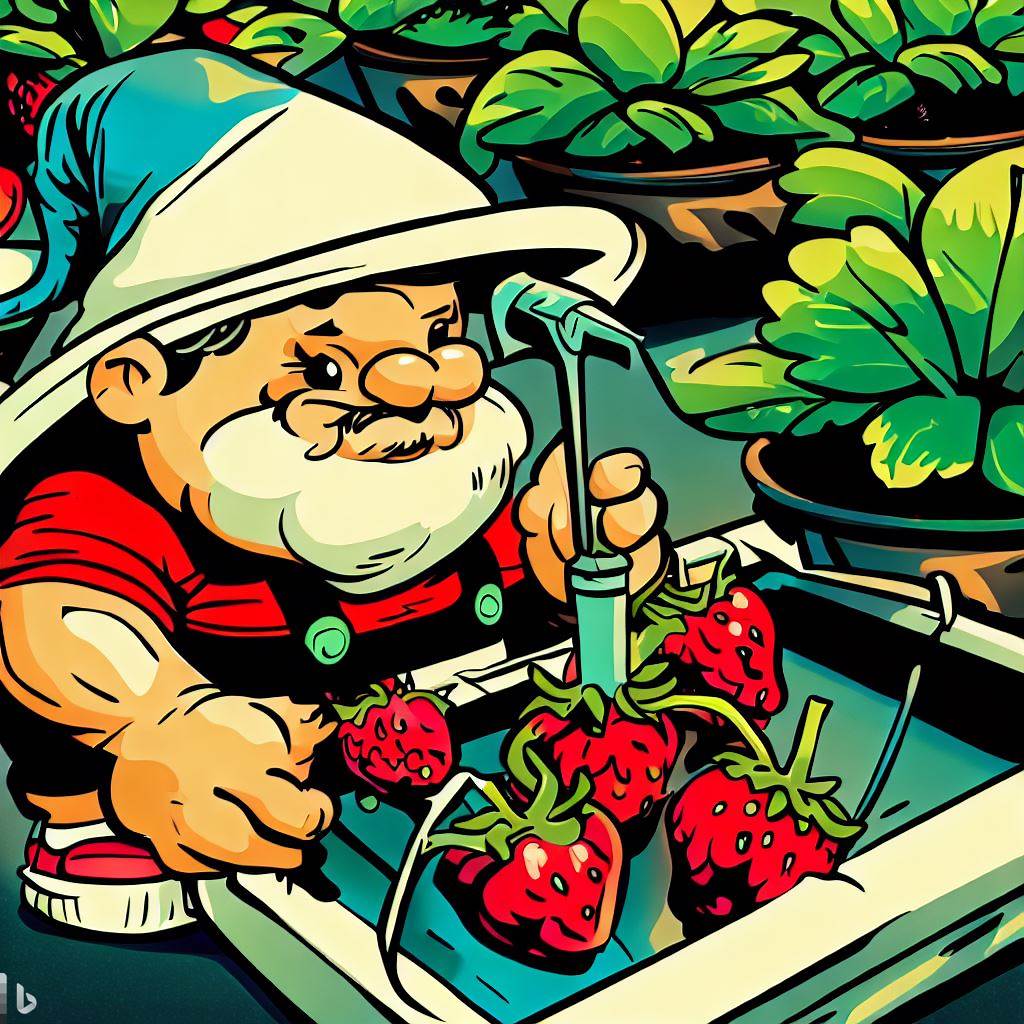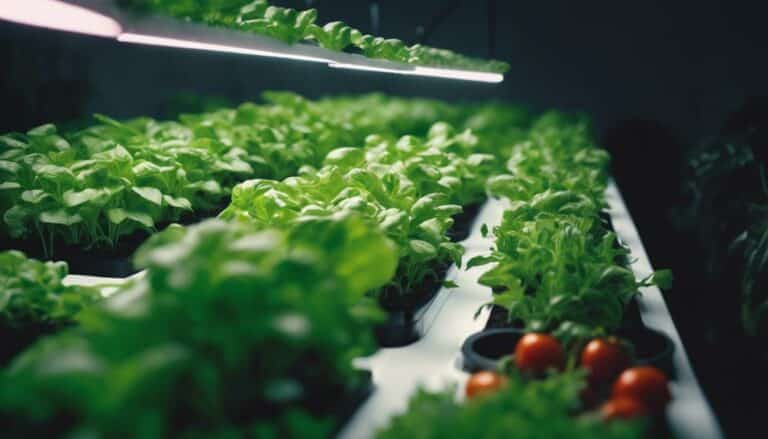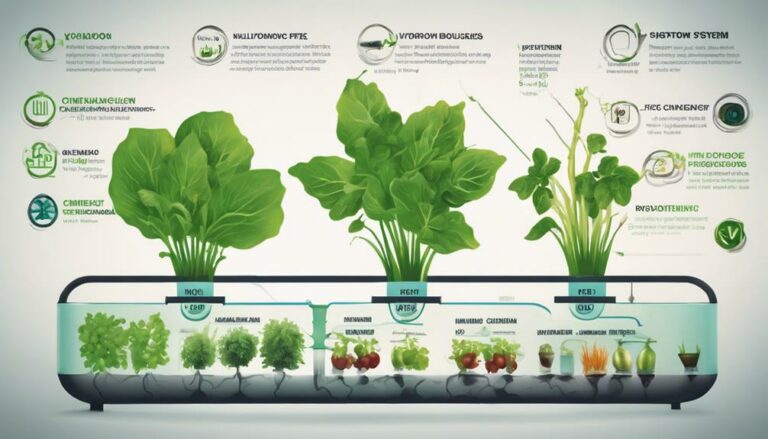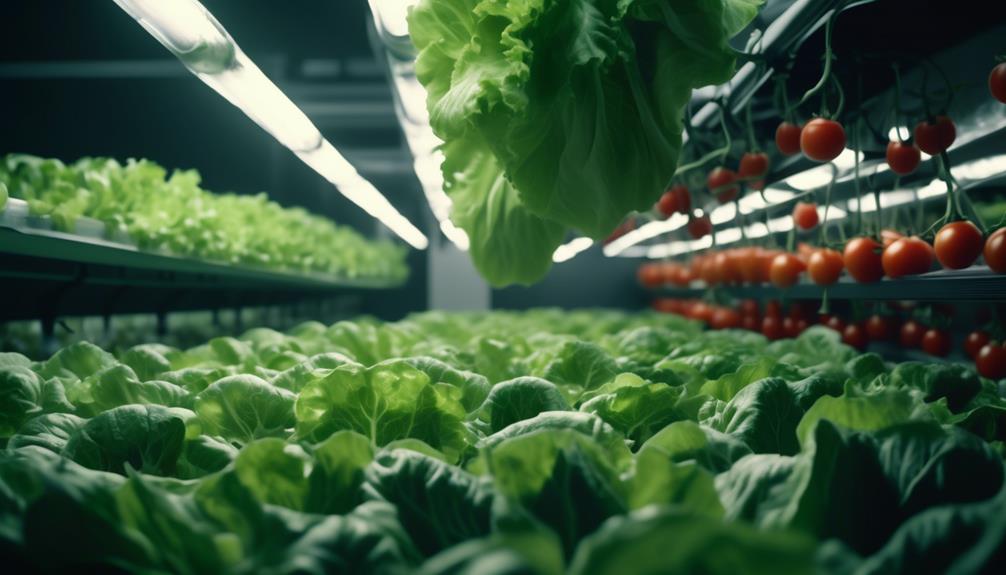Table of Contents
A Comprehensive Guide on Building Your Own Ebb and Flow Hydroponics System
If you are a hydroponics enthusiast, you may be interested in trying different types of hydroponic systems and exploring their benefits. One of the most popular and simple systems is the ebb and flow hydroponics system, also known as the flood and drain system. This system works by periodically flooding and draining the plant roots with nutrient-rich water, providing them with optimal moisture and oxygen levels. You can easily build your own ebb and flow hydroponics DIY system at home with some basic materials and tools. In this article, we will show you how to do it in some easy steps.
What is Ebb and Flow Hydroponics?
Ebb and flow hydroponics is a technique that uses a growing medium, such as gravel, clay pebbles, or rockwool, to support the plant roots. The plants are placed in a tray or container that is connected to a reservoir that holds the nutrient solution. A water pump and a timer are used to control the flooding and draining cycles of the system. The timer turns on the pump at regular intervals, causing the nutrient solution to rise from the reservoir to the tray, submerging the plant roots. The timer then turns off the pump, allowing the solution to drain back to the reservoir, exposing the roots to air.
Benefits of Ebb and Flow Hydroponics
There are many benefits of using the Ebb and Flow Hydroponics system. First, it is a very flexible system that can be used to grow a wide range of plants, including vegetables, fruits, and herbs. Second, it is a relatively simple system to set up and maintain, making it ideal for beginners. Third, the system is very efficient in its use of water and nutrients, which means that it is eco-friendly and cost-effective in the long run.
The advantages of ebb and flow hydroponics are
- It is easy to set up and maintain
- It is suitable for a variety of plants
- It conserves water and nutrients
- It prevents root rot and fungal diseases
- It allows for flexibility and customization
The disadvantages of ebb and flow hydroponics are
- It requires electricity and a reliable timer
- It can be vulnerable to power outages or pump failures
- It can cause nutrient buildup or salt accumulation in the growing medium
- It can be affected by changes in temperature or pH levels
Ebb and Flow Hydroponics DIY System
Now let’s get to the fun part – building your own Ebb and Flow Hydroponics system! Here is what you will need:
Materials Required
- Reservoir – A container to hold the nutrient solution.
- Growing Tray – A container or tray to hold the plants.
- Submersible Pump – To pump the nutrient solution into the growing tray.
- Timer – To control the cycle of flooding and draining.
- PVC Pipes – To create the drainage system.
- Fittings and Connectors – To connect the PVC pipes to the growing tray and reservoir.
- Grow Medium – To support the plant roots.
- Nutrient Solution – To provide the necessary nutrients to the plants.
Steps to Build the System
- First, you need to create a drainage system by connecting the PVC pipes to the growing tray and the reservoir. The pipes should be sloped slightly to ensure that the nutrient solution drains back into the reservoir.
- Next, you need to set up the submersible pump in the reservoir. Make sure that the pump is submerged in the nutrient solution and that the power cord is safely connected.
- Then, you need to place the growing tray on top of the PVC pipes, ensuring that it is level and secure.
- Fill the growing tray with the grow medium of your choice.
- Place the plants in the grow medium and adjust their position as necessary.
- Set up the timer to control the flooding and draining cycle. The cycle time will depend on the specific plants you are growing and the size of your system.
- Fill the reservoir with the nutrient solution and turn on the pump. The nutrient solution will be pumped into the growing tray, flooding it with the necessary nutrients and oxygen for the plants to grow.
- Once the cycle is complete, the nutrient solution will drain back into the reservoir, ready for the next cycle.
How to Build Your Own Ebb and Flow Hydroponics DIY System
If you want to build your own ebb and flow hydroponics system, you will need the following materials and tools:
- A flood tray or container that can hold your plants and growing medium
- A reservoir that can hold enough nutrient solution for your system
- A submersible water pump that can move the solution from the reservoir to the tray
- A timer that can control the pump cycles
- Tubing that can connect the pump to the tray
- Fittings that can attach the tubing to the tray and create an overflow drain
- A growing medium of your choice, such as gravel, clay pebbles, or rockwool
- Plants that are suitable for ebb and flow hydroponics, such as lettuce, herbs, or strawberries
- A nutrient solution that is compatible with your plants and growing medium
- A drill, a hole saw, a scissors, a ruler, a marker, and a screwdriver
Here are the steps to follow to build your own ebb and flow hydroponics system:
Step 1: Clean the growing medium
Before you start building your system, you need to clean your growing medium thoroughly. This will remove any dust, debris, or contaminants that may affect your plants or clog your system. You can rinse your growing medium with water until the water runs clear. You can also soak your growing medium in water with some vinegar or lemon juice for a few hours to lower its pH level.
Step 2: Place the reservoir on an even surface
You need to place your reservoir on an even surface that can support its weight when it is full of water. You also need to make sure that there is enough space above the reservoir for the tubing and fittings. You can use a plastic tote, a bucket, or a tank as your reservoir. Make sure that it has a lid that can prevent light from entering and algae from growing.
Step 3: Fill the reservoir with water
You need to fill your reservoir with water until it is about three-quarters full. You can use tap water or filtered water for your system. You also need to add your nutrient solution according to the instructions on the label. You can use a liquid or powder nutrient solution that is designed for hydroponics. You also need to measure and adjust the pH level of your solution using a pH meter or test strips. The ideal pH level for most plants is between 5.5 and 6.5.
Step 4: Place water pump in reservoir
You need to place your water pump in your reservoir near one of its sides. You also need to attach one end of your tubing to the outlet of your pump. You can use zip ties or clamps to secure the tubing to the pump. Make sure that there are no kinks or bends in the tubing that may restrict the water flow.
Step 5: Drill holes in bottom of tray
You need to drill two holes in the bottom of your tray or container. One hole will be for the inlet fitting, where the water will enter the tray from the pump. The other hole will be for the overflow fitting, where the excess water will drain back to the reservoir. You can use a hole saw or a drill bit that matches the size of your fittings. You can also use a marker and a ruler to mark the location of the holes. Make sure that the holes are not too close to the edges or corners of the tray.
Step 6: Attach fittings and secure to prevent leakage
You need to attach your fittings to the holes in your tray or container. You can use rubber washers, nuts, and bolts to secure the fittings and prevent leakage. You also need to attach the other end of your tubing to the inlet fitting. You can use zip ties or clamps to secure the tubing to the fitting. Make sure that there are no kinks or bends in the tubing that may restrict the water flow.
Step 7: Connect water pump to timer
You need to connect your water pump to your timer using an extension cord or a power strip. You also need to set your timer according to your plants’ needs and your system’s capacity. You can use a digital or analog timer that can handle multiple cycles per day. A typical cycle for ebb and flow hydroponics is 15 minutes of flooding and 45 minutes of draining, repeated four times a day.
Step 8: Fill tray with growing medium and plants
You need to fill your tray or container with your growing medium until it is about two-thirds full. You also need to place your plants in your growing medium, making sure that their roots are well covered. You can use pots, net cups, or baskets to hold your plants and growing medium. You can also use rockwool cubes or starter plugs to germinate your seeds or clone your cuttings.
Step 9: Test and adjust your system
You need to test and adjust your system before you start growing your plants. You need to turn on your timer and pump and observe how the water flows from the reservoir to the tray and back. You need to check for any leaks, clogs, or malfunctions in your system. You also need to check if the water level in your tray is high enough to reach the roots of your plants, but not too high to overflow or drown them. You can adjust the water level by changing the height of the overflow fitting or adding more growing medium.
Maintenance of Ebb and Flow Hydroponics System
Once your Ebb and Flow Hydroponics system is up and running, it is important to maintain it properly to ensure optimal plant growth. Here are some key maintenance tasks to keep in mind:
Nutrient Solution
Regularly check the nutrient solution to ensure that it is at the right strength and pH level. You may need to adjust the nutrient levels and pH as necessary to keep your plants healthy.
pH Level
Maintaining the correct pH level is crucial for plant growth in hydroponic systems. Use a pH meter to regularly test the pH level of your nutrient solution and adjust it as necessary using pH Up or pH Down solutions.
Checking the System Regularly
Regularly check the system for any leaks or malfunctions. It is also important to clean the growing tray and reservoir regularly to prevent the build-up of algae and other harmful bacteria.
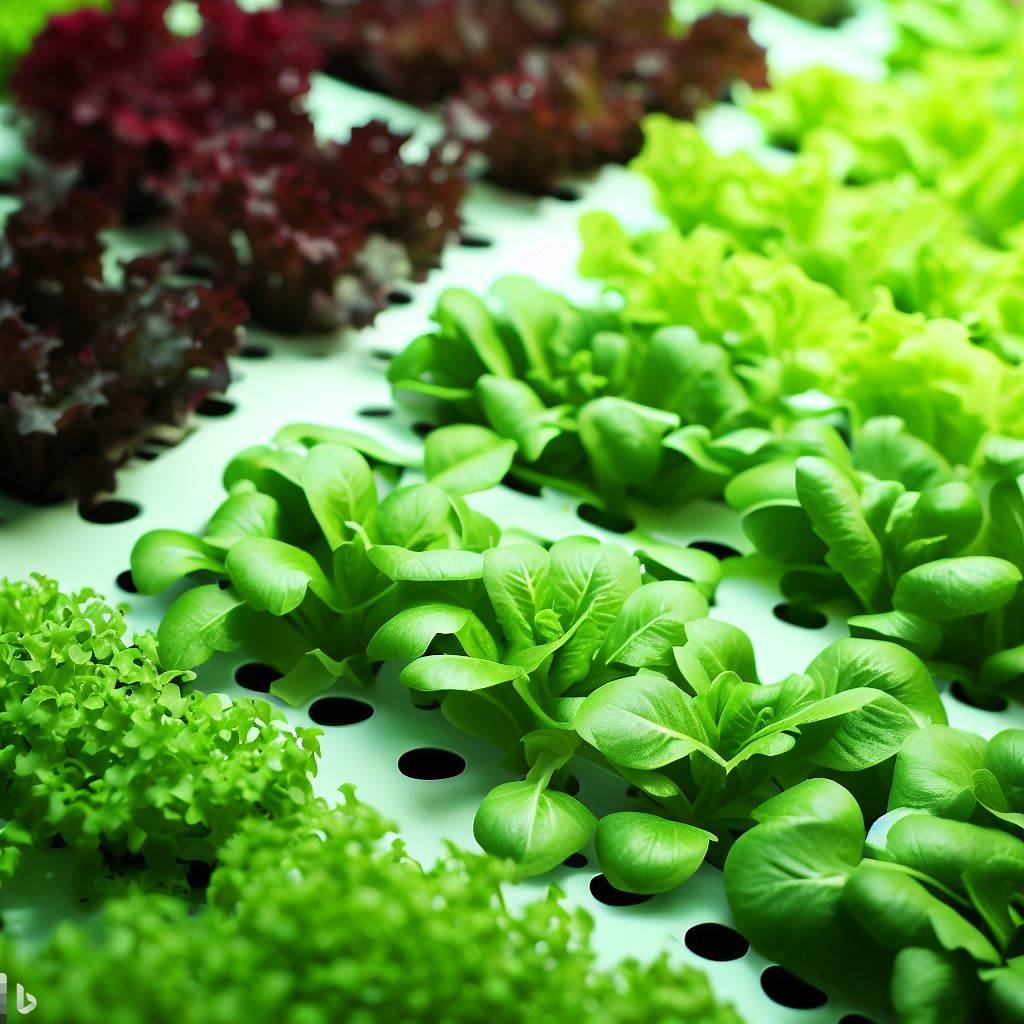
Ebb and Flow Hydroponics DIY: Conclusion
In conclusion, building your own Ebb and Flow Hydroponics system is a great way to grow healthy plants in a cost-effective and eco-friendly way. With a little bit of planning and effort, you can set up a system that will provide your plants with the necessary nutrients and oxygen to thrive. Just remember to regularly check and maintain your system to ensure optimal plant growth.
Ebb and flow hydroponics is a simple yet efficient system that can be easily built at home with some basic materials and tools. By following this comprehensive guide, you can create your own ebb and flow hydroponics system in no time. You can also customize your system according to your space, budget, and preferences. With ebb and flow hydroponics, you can grow a variety of plants with optimal moisture and oxygen levels, resulting in healthy and productive harvests.
FAQs
Is an Ebb and Flow Hydroponics DIY system suitable for all types of plants?
Ebb and Flow Hydroponics can be used to grow a wide range of plants, but it is important to choose the right grow medium and nutrient solution for each type of plant.
Can I use tap water for my nutrient solution?
Tap water can be used, but it may contain high levels of chlorine and other chemicals that can be harmful to your plants. It is recommended to use filtered or distilled water instead.
How often should I check the pH level of my nutrient solution?
It is recommended to check the pH level daily or every other day, depending on the specific needs of your plants.
Can I use natural sunlight for my Ebb and Flow Hydroponics system?
While natural sunlight can be used, it may be difficult to control and optimize the light conditions for your plants. It is recommended to use artificial grow lights for optimal plant growth.
Can I reuse my nutrient solution?
Yes, you can reuse your nutrient solution, but it is important to regularly check and adjust the nutrient levels and pH as necessary. Over time, the nutrient solution may become depleted or contaminated, so it is recommended to replace it every 2-3 weeks.
